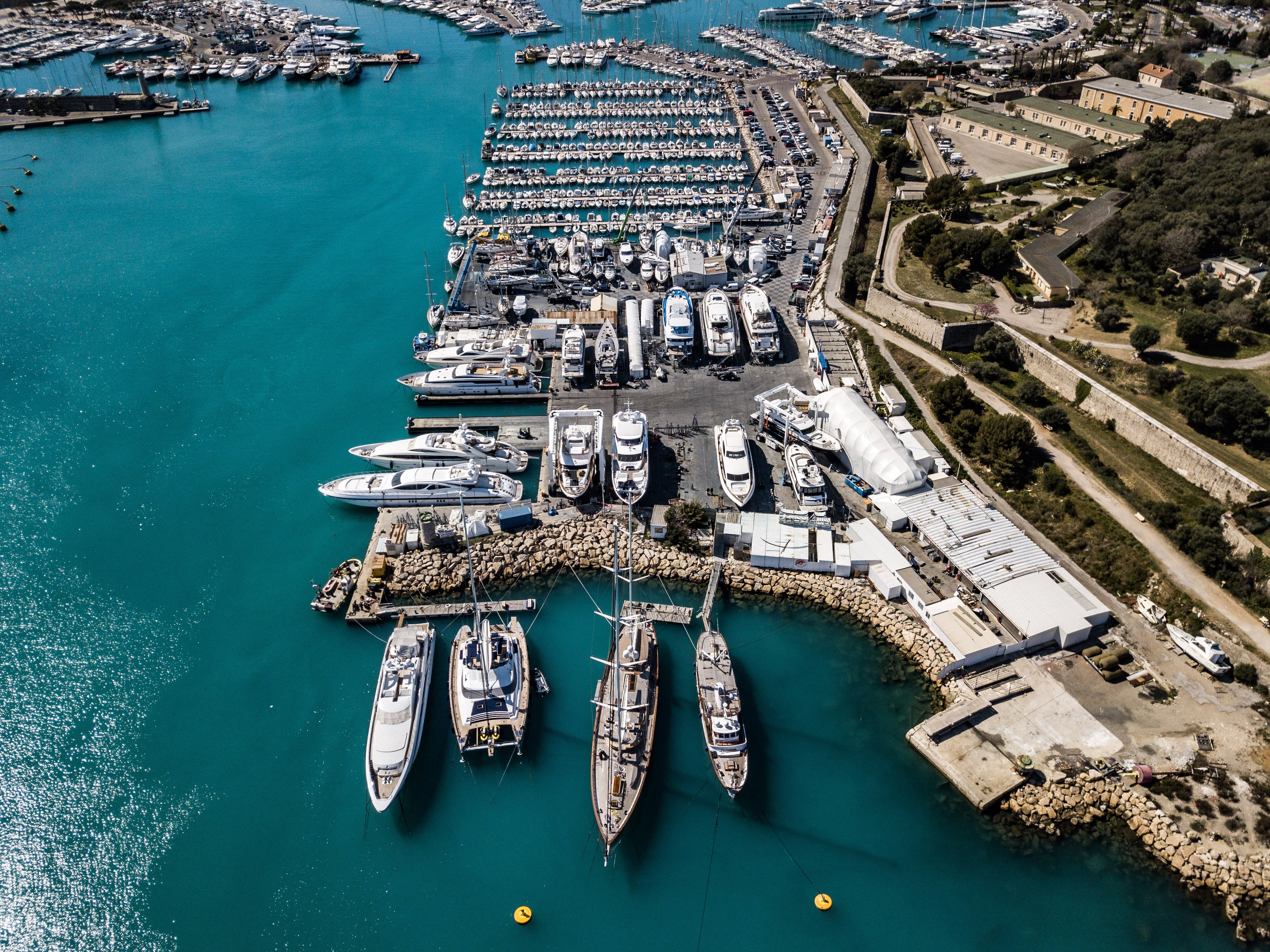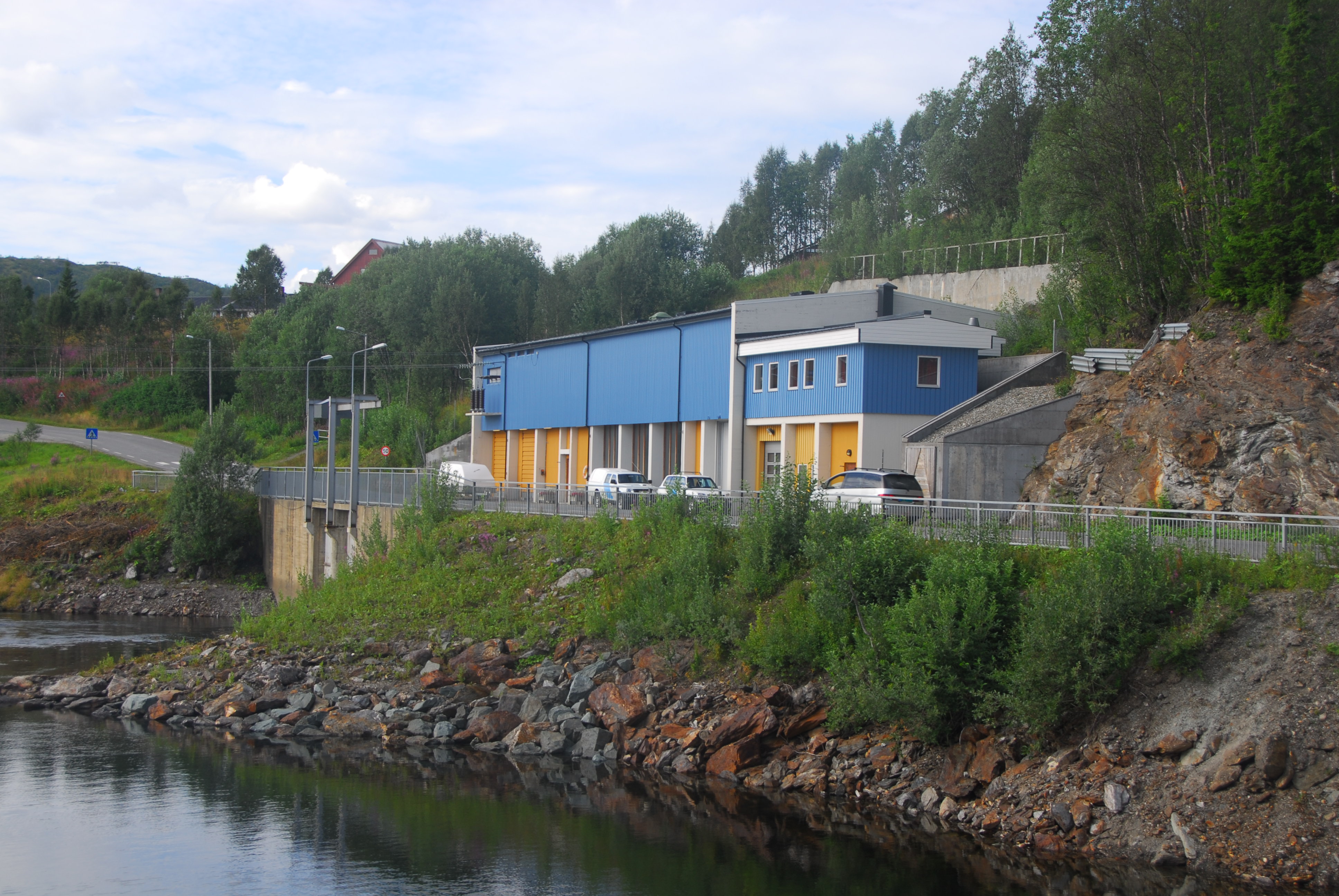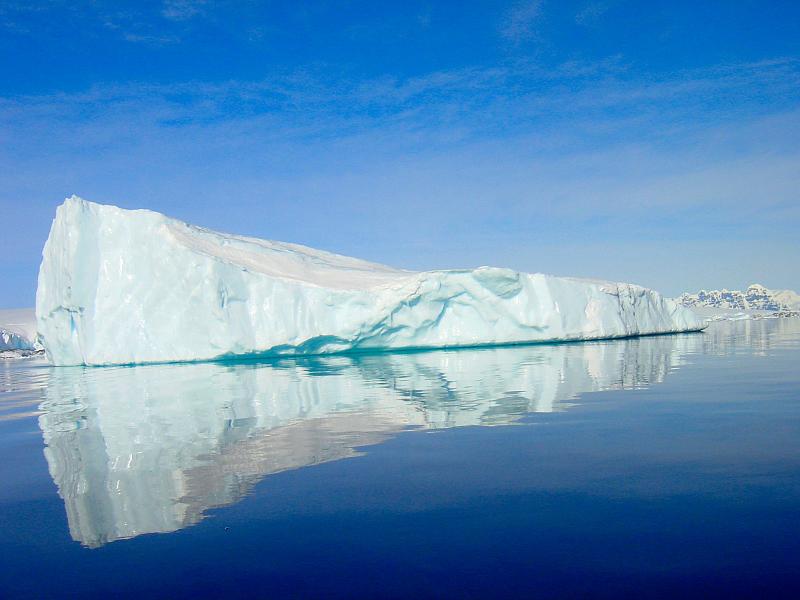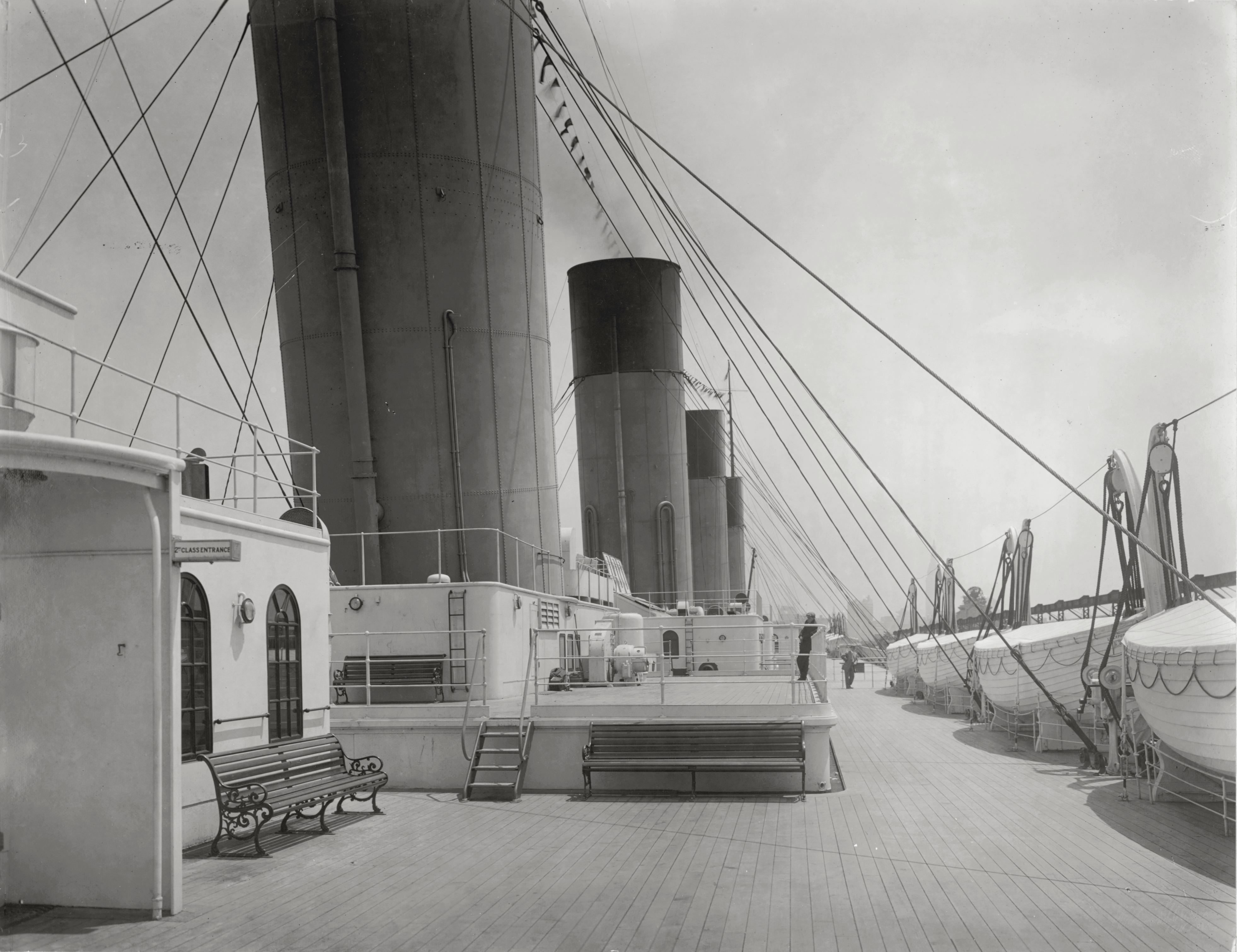|
Aker Verdal
Aker Verdal AS formerly known as Aker Kværner Verdal is a construction yard for large steel constructions and substructures for offshore oil platforms. The yard is owned by Kvaerner and is located in Verdal in Nord-Trøndelag, Norway. The yard was opened in 1970 and was owned by the Aker Group until the offshore section was demerged to Aker Maritime. After the merge between Kværner and Aker Maritime in 2005 the yard changed its name to Aker Kværner Verdal when it was taken over by Aker Kværner, but changed its name back to Aker Verdal in 2008 with the corporate name change to Aker Solutions. After a demerge in 2011, the yard became part of Kvaerner AS, the current corporate name. During the 2000s Aker Verdal employed roughly 750 people, with an annual production value of £200 million between 2000 and 2009. The main product of Aker Verdal is steel jackets for oil rigs. Since 1975 Aker Verdal has delivered 33 jackets as well as bridges, semisubmersible, flare tower ... [...More Info...] [...Related Items...] OR: [Wikipedia] [Google] [Baidu] |
Verdal
Verdal is a municipality in Trøndelag county, Norway. It is part of the Innherad region. The administrative centre of the municipality is the town of Verdalsøra. Some villages in the municipality include Forbregd/Lein, Lysthaugen, Stiklestad, Trones, Vera, Vinne, and Vuku. The municipality is the 53rd largest by area out of the 356 municipalities in Norway. Verdal is the 81st most populous municipality in Norway with a population of 14,955. The municipality's population density is and its population has increased by 3.9% over the previous 10-year period. General information The municipality of ''Værdalen'' was established on 1 January 1838 (see formannskapsdistrikt law). It is one of very few municipalities in Norway with unchanged borders since that date, although the spelling of the name was modified to ''Verdal''. On 1 January 2018, the municipality switched from the old Nord-Trøndelag county to the new Trøndelag county. Name The Old Norse form of the name was ' ... [...More Info...] [...Related Items...] OR: [Wikipedia] [Google] [Baidu] |
Bridge
A bridge is a structure built to span a physical obstacle (such as a body of water, valley, road, or rail) without blocking the way underneath. It is constructed for the purpose of providing passage over the obstacle, which is usually something that is otherwise difficult or impossible to cross. There are many different designs of bridges, each serving a particular purpose and applicable to different situations. Designs of bridges vary depending on factors such as the function of the bridge, the nature of the terrain where the bridge is constructed and anchored, and the material used to make it, and the funds available to build it. The earliest bridges were likely made with fallen trees and stepping stones. The Neolithic people built boardwalk bridges across marshland. The Arkadiko Bridge (dating from the 13th century BC, in the Peloponnese) is one of the oldest arch bridges still in existence and use. Etymology The '' Oxford English Dictionary'' traces the origin of t ... [...More Info...] [...Related Items...] OR: [Wikipedia] [Google] [Baidu] |
Companies Based In Trøndelag
A company, abbreviated as co., is a legal entity representing an association of people, whether natural, legal or a mixture of both, with a specific objective. Company members share a common purpose and unite to achieve specific, declared goals. Companies take various forms, such as: * voluntary associations, which may include nonprofit organizations * business entities, whose aim is generating profit * financial entities and banks * programs or educational institutions A company can be created as a legal person so that the company itself has limited liability as members perform or fail to discharge their duty according to the publicly declared incorporation, or published policy. When a company closes, it may need to be liquidated to avoid further legal obligations. Companies may associate and collectively register themselves as new companies; the resulting entities are often known as corporate groups. Meanings and definitions A company can be defined as an "artificial pers ... [...More Info...] [...Related Items...] OR: [Wikipedia] [Google] [Baidu] |
Shipyards Of Norway
A shipyard, also called a dockyard or boatyard, is a place where ships are built and repaired. These can be yachts, military vessels, cruise liners or other cargo or passenger ships. Dockyards are sometimes more associated with maintenance and basing activities than shipyards, which are sometimes associated more with initial construction. The terms are routinely used interchangeably, in part because the evolution of dockyards and shipyards has often caused them to change or merge roles. Countries with large shipbuilding industries include Australia, Brazil, China, Croatia, Denmark, Finland, France, Germany, India, Ireland, Italy, Japan, the Netherlands, Norway, the Philippines, Poland, Romania, Russia, Singapore, South Korea, Sweden, Taiwan, Turkey, the United Arab Emirates, Ukraine, the United Kingdom, the United States and Vietnam. The shipbuilding industry is more fragmented in Europe than in Asia where countries tend to have fewer, larger comp ... [...More Info...] [...Related Items...] OR: [Wikipedia] [Google] [Baidu] |
ScanWind
ScanWind was a Norwegian manufacturing company that produced wind turbines. In 2009 Scanwind was bought by General Electric, and became the base for GE Wind Energy in Norway. The company has its head office in Trondheim and production facilities in Verdal, both Norway, as well as engineering division in Karlstad, Sweden. The company was founded in 1999. The two models produced by ScanWind are ScanWind 3000 DL with an output of 3.0 MW and ScanWind 3500 DL at 3.5 MW. These windmills have been installed in the Hundhammerfjellet wind farm in Nærøy Nærøy () is a former municipality in Trøndelag county, Norway. The municipality existed from 1838 until its dissolution in 2020 when it joined Nærøysund Municipality. It was part of the Namdalen region. Norway's smallest town, Kolvereid, wa ..., owned by NTE. ' Manufacturing companies of Norway Norwegian companies established in 1999 Defunct wind turbine manufacturers Defunct companies of Norway {{windpower-stub ... [...More Info...] [...Related Items...] OR: [Wikipedia] [Google] [Baidu] |
Nord-Trøndelag Elektrisitetsverk
Nord-Trøndelag Elektrisitetsverk or NTE is a power company serving Nord-Trøndelag in Norway and owned by Nord-Trøndelag county municipality. NTE is one of the largest producers of electricity in Norway, with an annual production of 3,4 TWh per year (2013). In addition, the company is a provider of electrical installation and electrical application retailing as well as optic fiber broadband. The company has its headquarters in Steinkjer. Operations Power production NTE operates 22 hydroelectric power plants, two wind farms and one bioenergy plant, totaling an annual electricity production of 3,4 TWh, about 4% of the total electricity production in Norway. The hydro plants are mostly located in Indre Namdal, Meråker, Mosvik and Verran. NTE's largest plant is the one at Tunnsjødal with an annual production of 840 GWh/year. The bioplant is located in Inderøy while the two windmill parks are located at Hundhammerfjellet and Vikna. Power distribution NTE owns the power grid in ... [...More Info...] [...Related Items...] OR: [Wikipedia] [Google] [Baidu] |
Wind Mill
A windmill is a structure that converts wind power into rotational energy using vanes called sails or blades, specifically to mill grain ( gristmills), but the term is also extended to windpumps, wind turbines, and other applications, in some parts of the English speaking world. The term wind engine is sometimes used to describe such devices. Windmills were used throughout the high medieval and early modern periods; the horizontal or panemone windmill first appeared in Persia during the 9th century, and the vertical windmill first appeared in northwestern Europe in the 12th century. Regarded as an icon of Dutch culture, there are approximately 1,000 windmills in the Netherlands today. Forerunners Wind-powered machines may have been known earlier, but there is no clear evidence of windmills before the 9th century. Hero of Alexandria (Heron) in first-century Roman Egypt described what appears to be a wind-driven wheel to power a machine.Dietrich Lohrmann, "Von de ... [...More Info...] [...Related Items...] OR: [Wikipedia] [Google] [Baidu] |
Cold Bending
Cold is the presence of low temperature, especially in the atmosphere. In common usage, cold is often a subjective perception. A lower bound to temperature is absolute zero, defined as 0.00K on the Kelvin scale, an absolute thermodynamic temperature scale. This corresponds to on the Celsius scale, on the Fahrenheit scale, and on the Rankine scale. Since temperature relates to the thermal energy held by an object or a sample of matter, which is the kinetic energy of the random motion of the particle constituents of matter, an object will have less thermal energy when it is colder and more when it is hotter. If it were possible to cool a system to absolute zero, all motion of the particles in a sample of matter would cease and they would be at complete rest in the classical sense. The object could be described as having zero thermal energy. Microscopically in the description of quantum mechanics, however, matter still has zero-point energy even at absolute zero, because ... [...More Info...] [...Related Items...] OR: [Wikipedia] [Google] [Baidu] |
Crane (machine)
A crane is a type of machine, generally equipped with a hoist (device), hoist rope, wire ropes or chains, and Sheave (mechanical), sheaves, that can be used both to lift and lower materials and to move them horizontally. It is mainly used for lifting heavy objects and transporting them to other places. The device uses one or more simple machines to create mechanical advantage and thus move loads beyond the normal capability of a human. Cranes are commonly employed in transportation for the loading and unloading of freight, in construction for the movement of materials, and in manufacturing for the assembling of heavy equipment. The first known crane machine was the shaduf, a water-lifting device that was invented in ancient Mesopotamia (modern Iraq) and then appeared in ancient Egyptian technology. Construction cranes later appeared in ancient Greece, where they were powered by men or animals (such as donkeys), and used for the construction of buildings. Larger cranes were later ... [...More Info...] [...Related Items...] OR: [Wikipedia] [Google] [Baidu] |
Europe
Europe is a large peninsula conventionally considered a continent in its own right because of its great physical size and the weight of its history and traditions. Europe is also considered a subcontinent of Eurasia and it is located entirely in the Northern Hemisphere and mostly in the Eastern Hemisphere. Comprising the westernmost peninsulas of Eurasia, it shares the continental landmass of Afro-Eurasia with both Africa and Asia. It is bordered by the Arctic Ocean to the north, the Atlantic Ocean to the west, the Mediterranean Sea to the south and Asia to the east. Europe is commonly considered to be separated from Asia by the watershed of the Ural Mountains, the Ural River, the Caspian Sea, the Greater Caucasus, the Black Sea and the waterways of the Turkish Straits. "Europe" (pp. 68–69); "Asia" (pp. 90–91): "A commonly accepted division between Asia and Europe ... is formed by the Ural Mountains, Ural River, Caspian Sea, Caucasus Mountains, and the Blac ... [...More Info...] [...Related Items...] OR: [Wikipedia] [Google] [Baidu] |
Subsea Template
Subsea technology involves fully submerged ocean equipment, operations, or applications, especially when some distance offshore, in deep ocean waters, or on the seabed. The term ''subsea'' is frequently used in connection with oceanography, marine or ocean engineering, ocean exploration, remotely operated vehicle (ROVs) autonomous underwater vehicles (AUVs), submarine communications or power cables, seafloor mineral mining, oil and gas, and offshore wind power. Oil and gas Oil and gas fields reside beneath many inland waters and offshore areas around the world, and in the oil and gas industry the term ''subsea'' relates to the exploration, drilling and development of oil and gas fields in these underwater locations. Under water oil fields and facilities are generically referred to using a ''subsea'' prefix, such as ''subsea well'', ''subsea field'', ''subsea project'', and ''subsea developments.'' Subsea oil field developments are usually split into ''Shallow water'' and ''Dee ... [...More Info...] [...Related Items...] OR: [Wikipedia] [Google] [Baidu] |
Deck (ship)
A deck is a permanent covering over a Compartment (ship), compartment or a hull (watercraft), hull of a ship. On a boat or ship, the primary or upper deck is the horizontal structure that forms the "roof" of the hull, strengthening it and serving as the primary working surface. Vessels often have more than one level both within the hull and in the superstructure above the primary deck, similar to the floors of a multi-storey building, that are also referred to as decks, as are certain compartments and decks built over specific areas of the superstructure. Decks for some purposes have specific names. Structure The main purpose of the upper or primary deck is structural, and only secondarily to provide weather-tightness and support people and equipment. The deck serves as the lid to the complex box girder which can be identified as the hull. It resists Tension (physics), tension, Compression (physics), compression, and racking forces. The deck's scantling is usually the same as t ... [...More Info...] [...Related Items...] OR: [Wikipedia] [Google] [Baidu] |
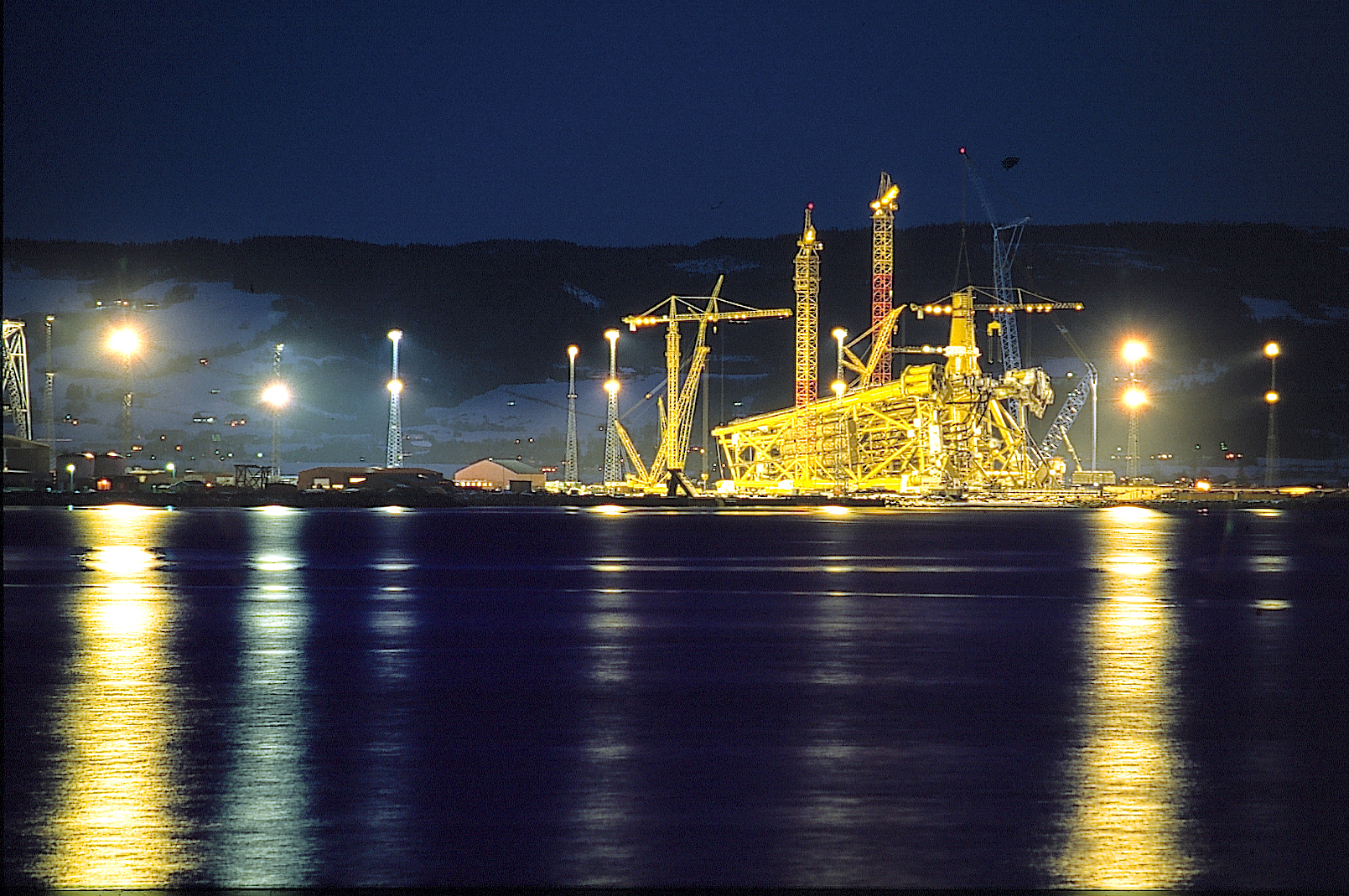
.jpg)

